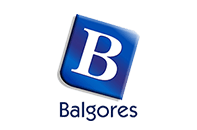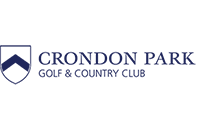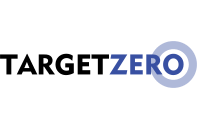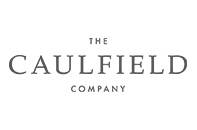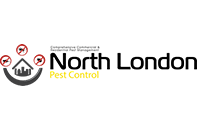Google’s Penguin 2.0 Algorithm Update Shakes Up The SERPs
On Thursday 23rd May 2013, it was confirmed by Google guru Matt Cutts that the search engine giant has indeed just rolled out its latest algorithm update, Penguin 2.0. This latest launch of the much-feared update has affected approximately 2.3% of regular user queries, so naturally a large number of sites have seen their rankings fluctuate (either positively or negatively) in the last 72 hours or so.
What is Penguin 2.0 and how will it affect me?
Penguin 2.0 is an anti-spam update, so it is designed to identify and penalise sites that offer no real value to the user. For example, if your website has simply been created to house links as part of an SEO strategy, chances are it’s been hit pretty badly by this particular algorithm change. Pornographic sites and those containing too many advertisements have fared terribly and Penguin 2.0 has also targeted site owners who have been engaging in black-hat SEO techniques in order to manipulate their search engine listings.
On the flip side, if your website is packed full of interesting, high-quality content and your URL has been shared naturally and consistently around the web by its users, you’ve probably already gained some great positions off the back of Penguin 2.0.
Big Brands Have Been Hit Too!
Searchmetrics has released a comprehensive analysis of the biggest losers to emerge from Penguin 2.0 and the results are quite surprising. Seemingly legitimate sites, such as SalvationArmy.org and and CheapOAir.com have suffered huge hits in terms of SEO visibility, so if you feel like you’ve been unfairly punished by the next-gen update, you’re not alone. The impact of Penguin 2.0 proves that there’s no substitute for strong, consistent and, above all, natural search engine optimisation methods that focus on promoting the site in relevant communities and without resorting to link spamming or other under-hand tactics.
So what can webmasters do to ensure their site complies with Penguin 2.0’s guidelines?
Step 1: Don’t panic. Consider the points above and have a think about why you may have been knocked back by Google. If you know you’ve been paying for low-quality links on questionable sites, suffering a knock in the SERPs won’t come as too much of a shock to you. Abandon your old lazy SEO plan (link wheels and all) and teach yourself how to optimise a site the right way.
Step 2: If you have been acquiring lots of links from low quality or ‘bad’ websites, you can go back through your link profile and remove them. It’s a long and arduous process but there are a number of link tools out there that will help you spot and get rid of links that are harming your website’s reputation.
Step 3: Start writing! Guest blogging on external sites will help you acquire strong, natural-looking links from relevant websites. It’s time consuming, but putting together an article that’s going to interest the rest of your community and publishing it elsewhere in exchange for a link back to your website is the best way to protect and strengthen your link profile. You’ll get extra brownie points if the blog in question gets shared around on social media sites, too! In fact, while we’re on the subject…
Step 4: Focus on boosting your social media campaign. There’s been a lot of talk of the growing impact that social media signals are having on search engine rankings, so there’s never been a better time to revive your Facebook or Twitter account and get sharing. Getting involved in online communities is a grassroots way of introducing your business to the right kinds of people and increasing your exposure gradually over time. A top tip of ours is to sign up for a Google + account and make the most of the anchor text links you’ll glean from your ‘About’ text. Get in touch with us to learn more about how you can give your SEO campaign an extra boost by using Google +.
Act Now To Avoid Further Ranking Drops
In conclusion, it’s important to remember that Penguin’s taking no prisoners this time around. Unlike Penguin 1.0, Penguin 2.0 has been developed to dig deeper than the homepage and look at other quality factors across an entire website. This means that it’s going to remain relentlessly unforgiving. The only way to combat any negative positions is to take action now and assess the way in which you approach your SEO.
Sources:
Take a look at this Search Engine Watch article for more information on the Penguin 2.0 update and head here for Matt Cutts’ blog on the same subject.


